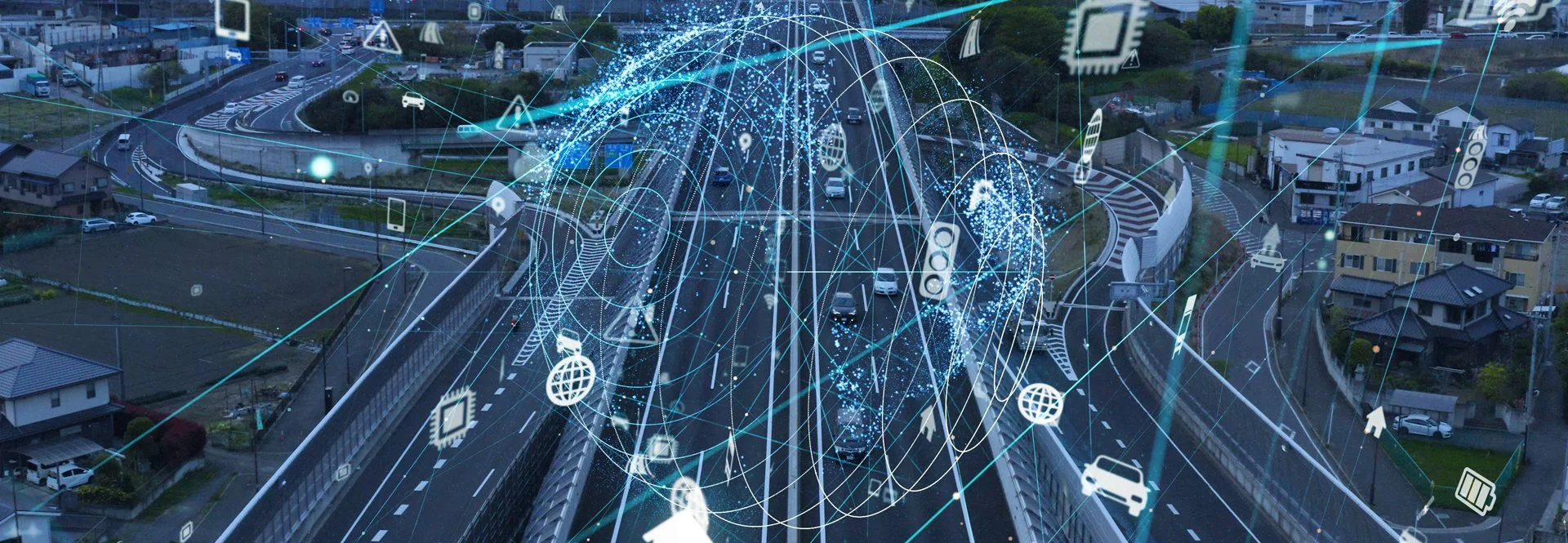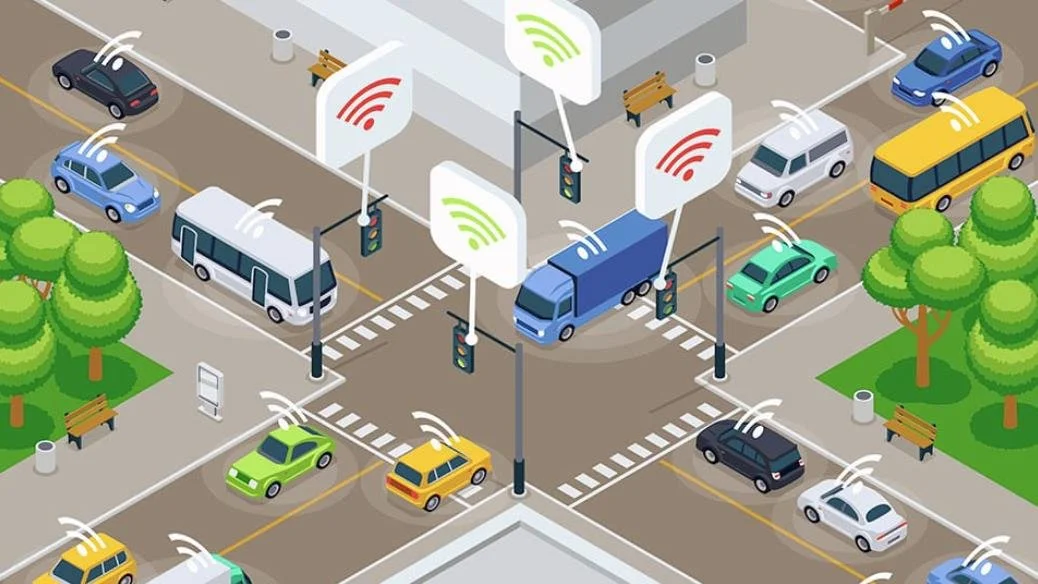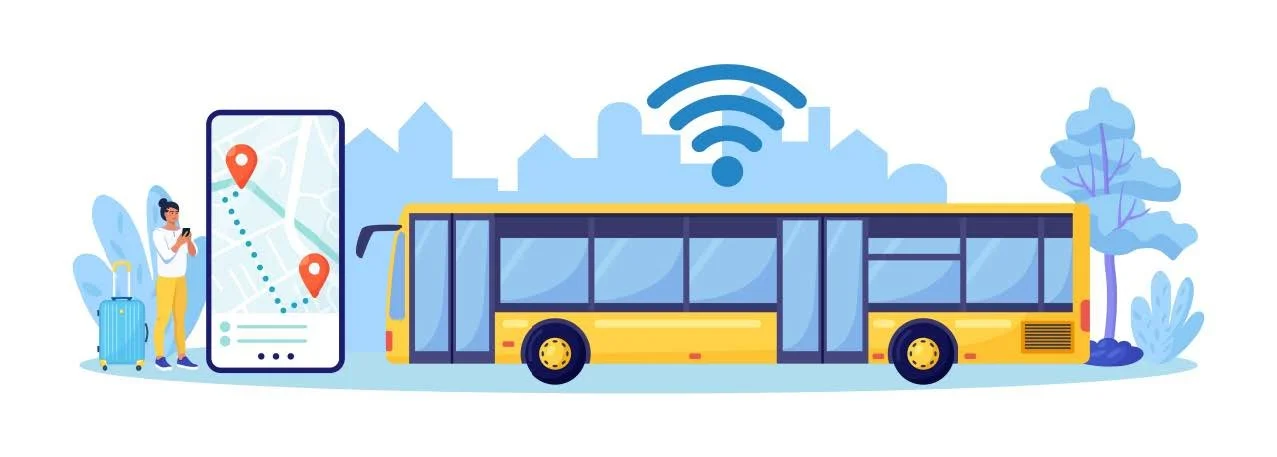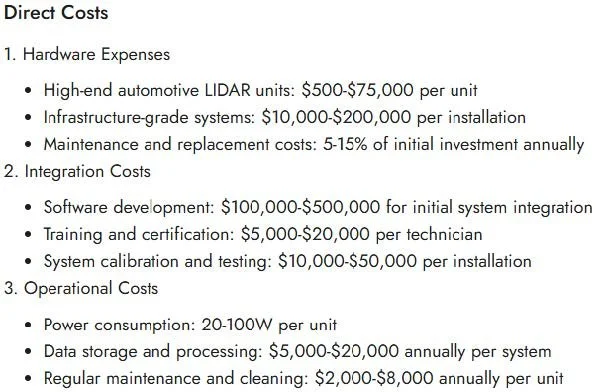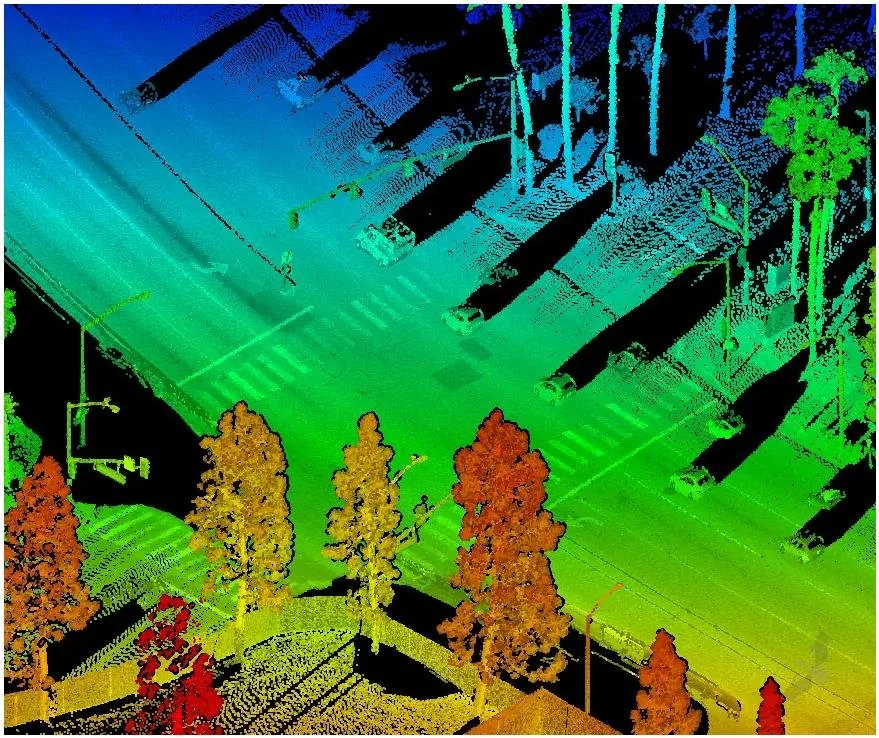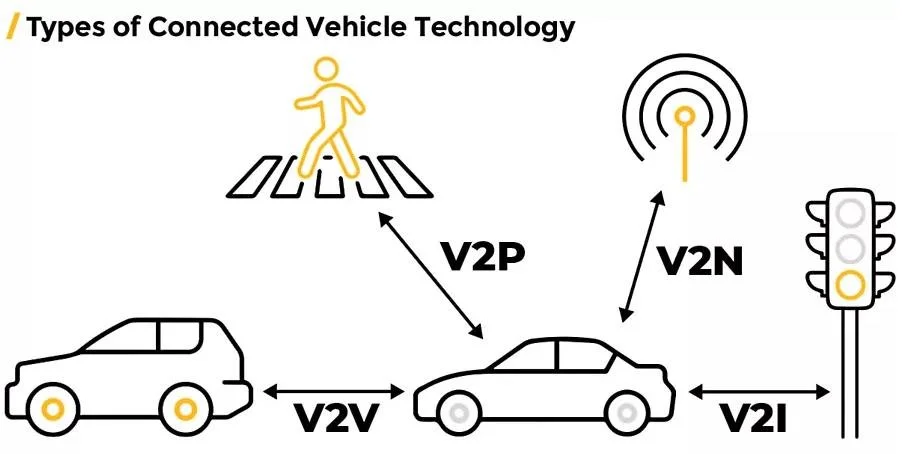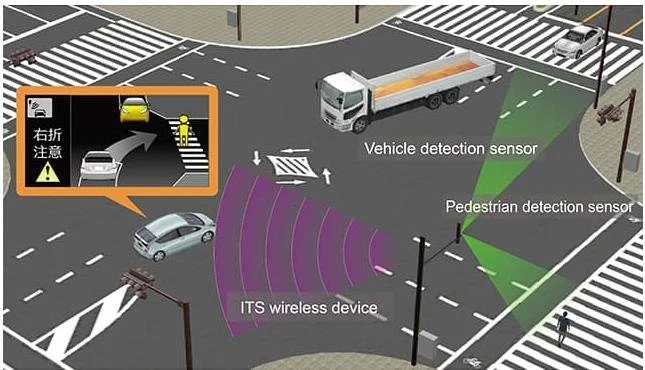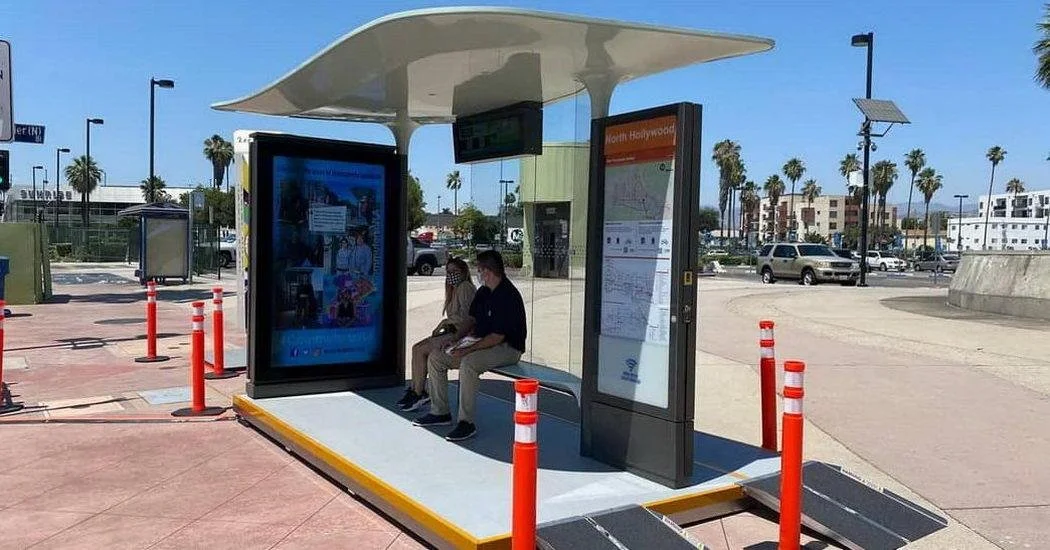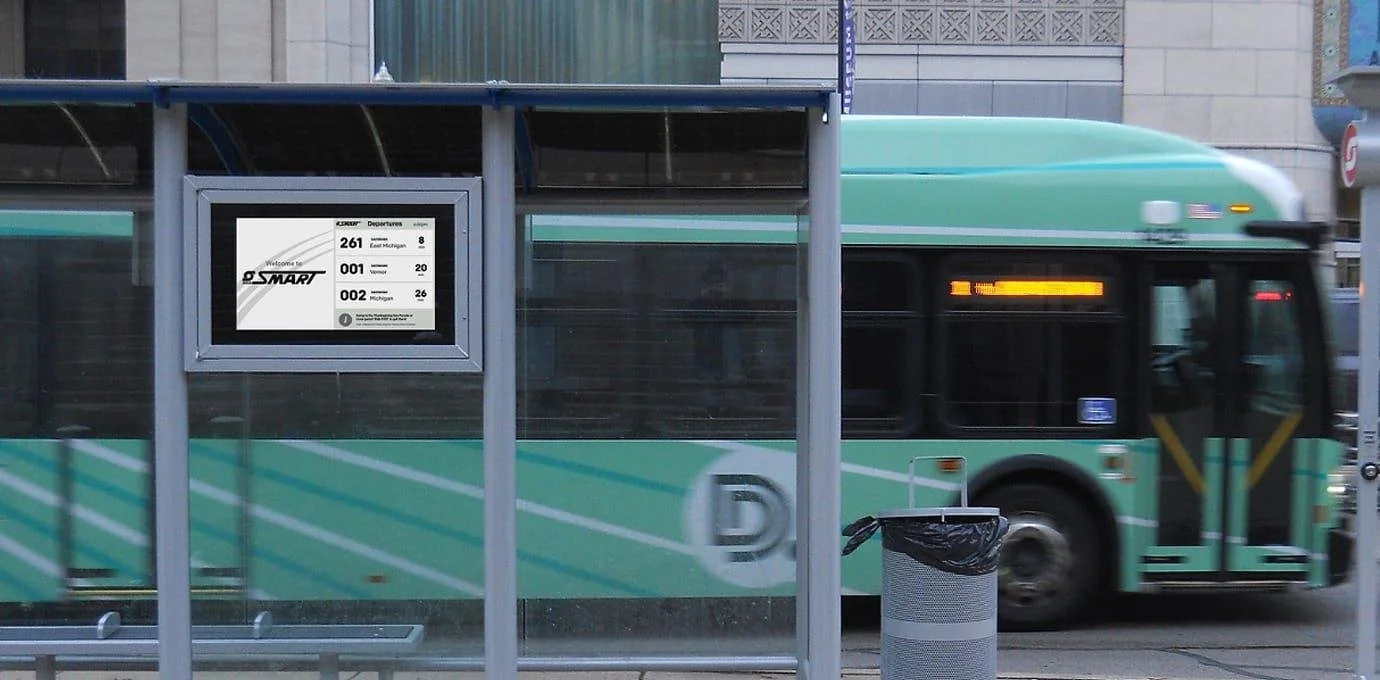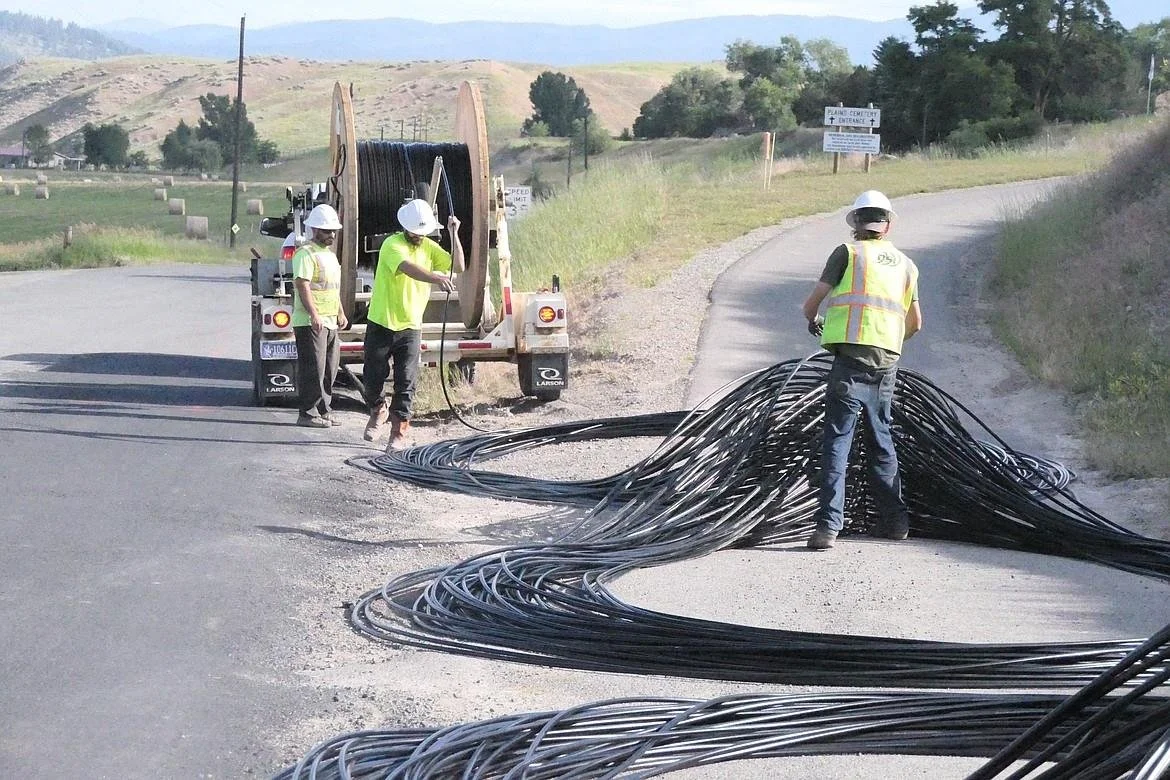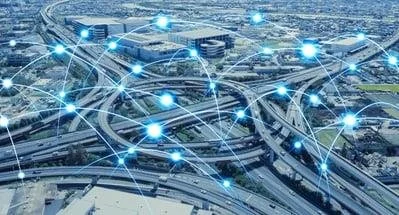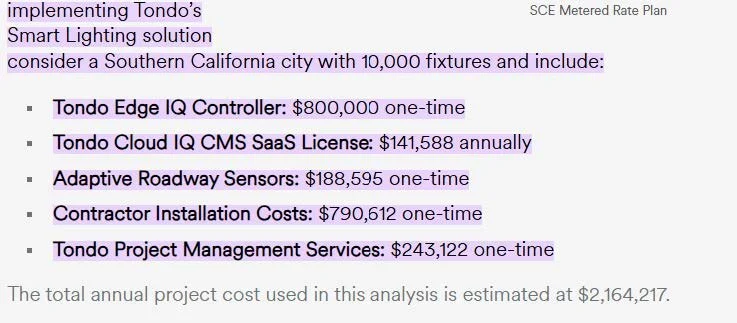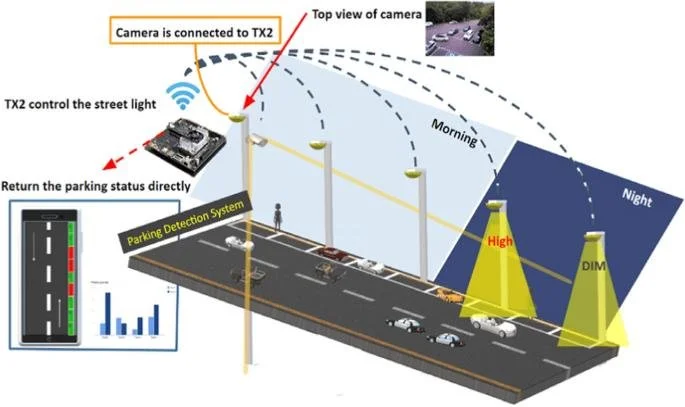sensing/communication
Sensing/communication uses tools like Wi-Fi, LIDAR, V2I/V2V, information kiosks, fiber optic communications, and smart streetlights to collect, share, and deliver real-time data that improves safety, efficiency, and user experience across all modes of travel.
wi-fi
Wireless internet installed on buses, trains, subways, and other transit vehicles to enable real-time communication, enhance passenger experience, and support connectivity with intelligent transportation systems (ITS), including vehicle-to-infrastructure (V2I) communication.
Costs
Wi-Fi installation: $1,000–$4,000 per vehicle
Annual operation costs: $400–$600 per vehicle
City-wide Wi-Fi infrastructure may account for about 5% of the overall ITS construction budget
Key Considerations
Size of the transit fleet
Network and data security
Availability and reliability of power sources
Effective management of data and connectivity systems
Pros
Wi-Fi for V2I can improve efficiency
Cons
Network stability
Representative Use Cases
Metro St Louis
Field Conditions
Best suited for areas with high transit ridership and access to reliable broadband internet service to support consistent connectivity and communication.
lidar
LiDAR is a remote sensing technology that uses laser light to measure distances and generate detailed 3D models of objects and surfaces.
Costs
See breakdown on the right
Key Considerations
Costs and scalability of implementation
Often needed for higher levels of autonomous vehicle operation
Complexity involved in integrating with other systems
Requirements for data storage and processing
Pros
Improved safety and efficiency
Improved traffic management
High Precision
Cons
Complex data processing
High cost
Limited Range
Representative Use Cases
Utah DOT
Field Conditions
Suitable for most intersections and transportation settings, with greater advantages in dense, urban environments.
v2i/v2v communication
Enables wireless communication between vehicles and infrastructure (V2I) or between vehicles themselves (V2V) to improve safety, traffic flow, and overall transportation efficiency.
Costs
V2I (Vehicle-to-Infrastructure): Uses roadside units (RSUs) costing approximately $36,500 to $52,000 per kilometer. V2V (Vehicle-to-Vehicle): Components cost around $350 per vehicle (as of 2020), with prices expected to decrease as the technology advances.
Key Considerations
Strength, security, and reliability of wireless networks and infrastructure
Privacy concerns related to data sharing
Potential liability and legal issues
Driver acceptance/education
Pros
Improved traffic flow
Potential for autonomous driving
Cons
Implementation challenges
Potential for compatibility issues
Representative Use Cases
Salt Lake City
Field Conditions
Connected vehicle technology is adaptable to most environments, both urban and rural, making it versatile for widespread deployment.
information kiosk
Standalone, self-service computer systems that provide users with information and access to various services in public or private settings.
Costs
Ranges from $1,000 to over $60,000 depending on size and features.
Key Considerations
Functions and services offered
Placement and accessibility
Power availability
Physical size and design
Pros
Improved user experience
24/7 availability
Cons
Accessibility concerns
Potential for technical issues
Representative Use Cases
Downtown Denver
Field Conditions
Ideal for downtown areas and transportation hubs where there is high pedestrian traffic and easy access to information are needed.
fiber optic wire/communications
A communication technology that transmits data using pulses of light through thin strands of glass or plastic.
Costs
Aerial installation: $40,000 to $60,000 per mile
Underground installation: $50,000 to $120,000 per mile
Key Considerations
Required bandwidth capacity
Suitability for long-distance data transmission
Immunity to electromagnetic interference for reliable communication
Pros
Faster Communication
Immune to interference
Lightweight and flexible
Cons
High initial costs
Potential for environmental damage
More fragile than copper wire
Representative Use Cases
Atlanta
Field Conditions
Typically installed close to the roadway pavement edge and buried at least 30 inches deep. Installation should be coordinated with other existing or planned fiber optic infrastructure to avoid conflicts.
smart streetlights
Modern streetlights equipped with technologies like cameras, light sensors, and Internet of Things (IoT) connectivity. These smart lights adjust illumination based on local conditions to enhance safety and save energy.
Costs
Varies widely depending on features and technology included.
Key Considerations
Compliance with federal and utility regulations
Higher upfront installation costs
Deciding which technologies and sensors to integrate
Pros
Reduced energy cost
Improved safety and pedestrian satisfaction
Reduced light pollution
Cons
Initial cost
Difficulty in selecting the combination of tech to add to the light
Lack of common standards

